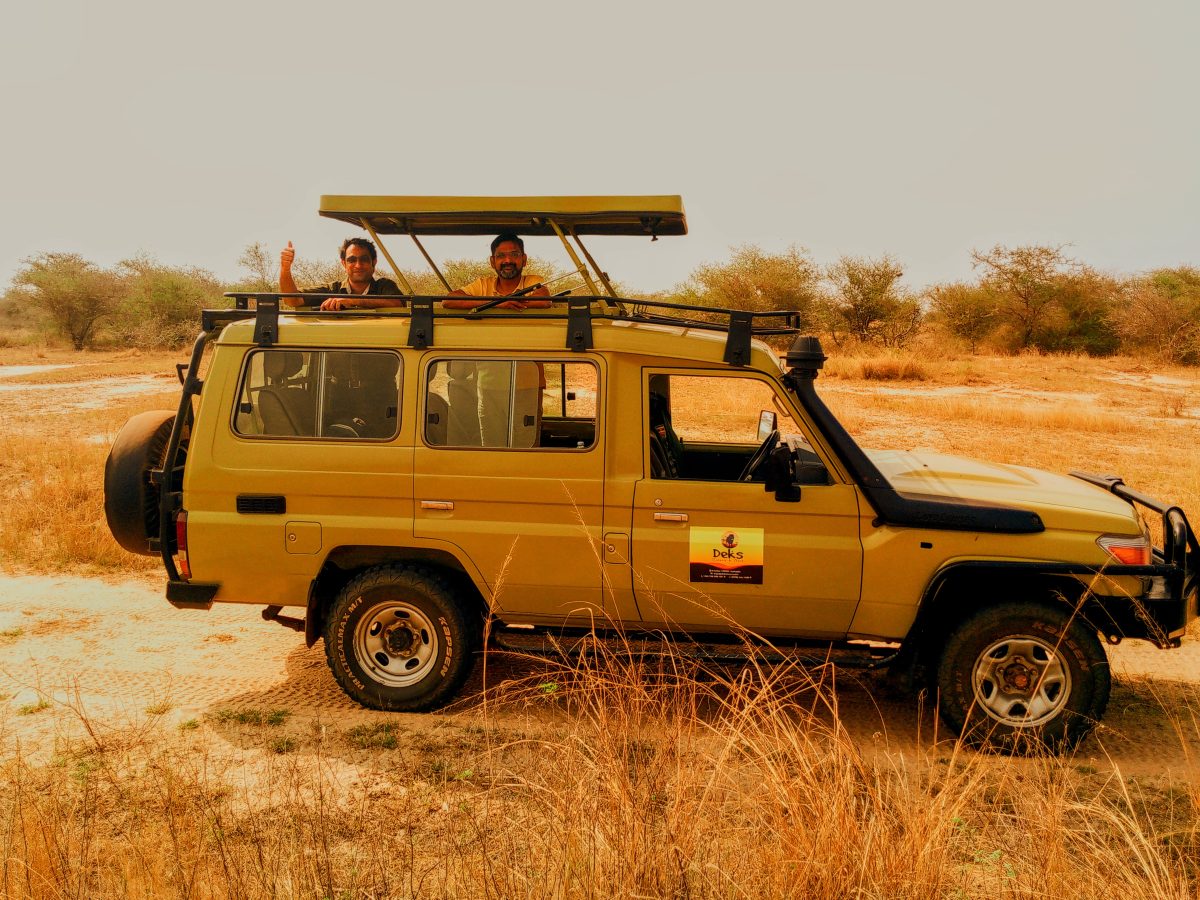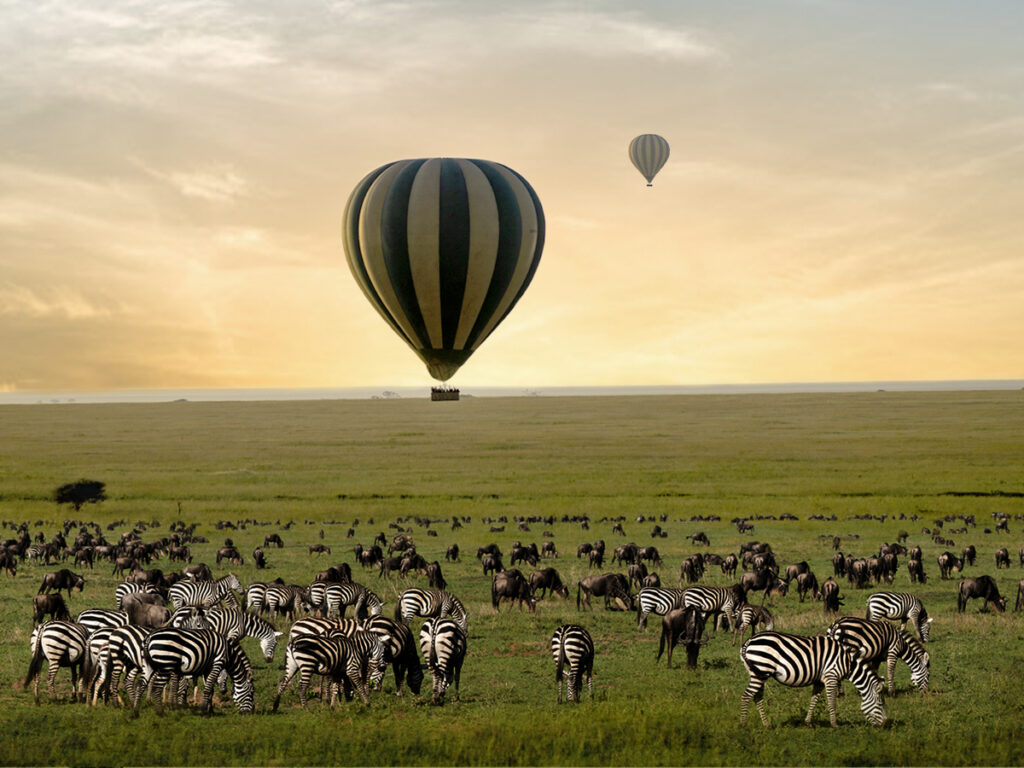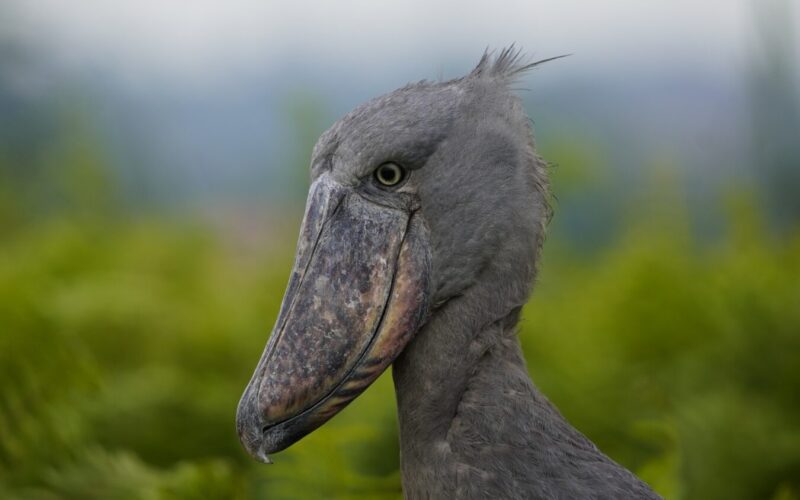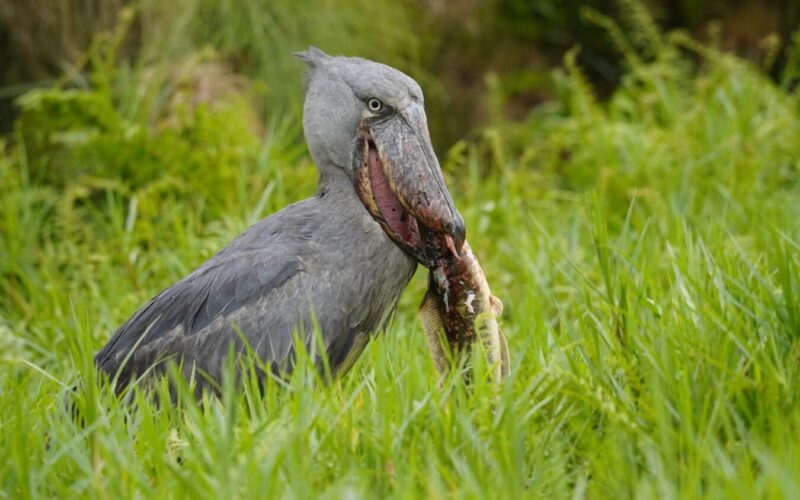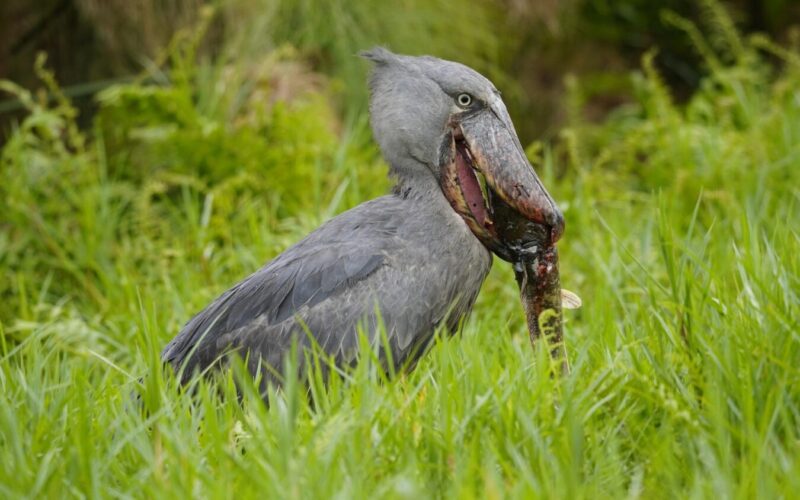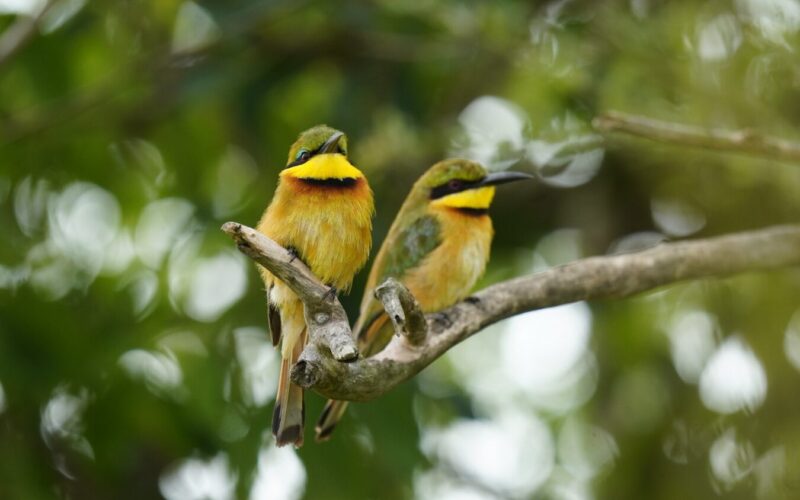
Is the Great Wildebeest Migration in Kenya Worth Seeing?
August 23, 2025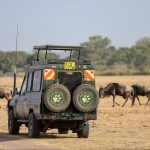
Masai Mara Kenya Safari Tours from Nairobi
August 23, 2025Masai Mara Great Migration Dates
The Masai Mara Great Migration dates define one of the most incredible natural phenomena on Earth. Each year, millions of wildebeest, zebras, and gazelles undertake a vast movement across East Africa’s Serengeti-Mara ecosystem. This journey, driven by seasonal rains and the search for fresh grazing, captivates travelers from around the globe. For anyone planning a Kenya Wildlife Safari, understanding the timing of this spectacular event proves essential.
The migration’s most dramatic moments, including the iconic Mara River crossings, typically occur between July and October in the Masai Mara, Kenya. Deks Safaris & Tours Ltd presents this comprehensive guide to the migration calendar, highlighting the best times to witness nature’s greatest show. This article addresses common questions like “When is the Great Wildebeest Migration in Kenya?” and “What should I expect during different months?” while also covering cultural experiences and packing tips for a memorable safari.
When Does the Great Migration Reach the Masai Mara?
The Great Wildebeest Migration in Kenya generally reaches the Masai Mara from July to October. During this period, the vast herds leave Tanzania’s Serengeti and cross the Mara River into Kenya’s lush grasslands. This northward movement is the highlight for many wildlife enthusiasts and photographers. The river crossings from late July through August provide some of the most breathtaking and dramatic safari moments worldwide. Here, thousands of animals confront strong river currents and lurking crocodiles, demonstrating raw survival instincts.
For safari planners asking, “What are the Masai Mara Great Migration dates for peak viewing?” the July to October window represents the most reliable time. However, slight yearly shifts in rainfall patterns can influence herd movements. Therefore, flexibility and expert guidance from tour operators like Deks Safaris & Tours Ltd help secure the best migration experiences.
Detailed Migration Calendar: Month-by-Month Breakdown
Understanding the full migration cycle offers deeper insight for travelers and safari professionals. The Masai Mara Great Migration follows a roughly annual calendar that shapes wildlife activity and viewing opportunities throughout the year.
July to October
This period showcases the bulk of the migration in the Masai Mara. Wildebeest herds arrive after crossing the Mara River, congregating in vast numbers on Kenya’s plains. The river crossings during late July and August rank among the world’s most thrilling wildlife spectacles. Intense predator-prey interactions occur as lions, hyenas, and crocodiles capitalize on the migration’s congregation.
November to December
During these months, the herds start their southward return toward the Serengeti. While still substantial in size, the herds begin dispersing across the ecosystem, providing different but equally rewarding safari opportunities.
January to March
This marks the calving season in Tanzania’s southern Serengeti plains. Thousands of wildebeest calves are born, offering exceptional wildlife drama centered on predator-prey dynamics. Although not within the Masai Mara, understanding this period enriches the overall migration narrative.
April to June
The herds gradually move northward through the Serengeti in preparation for their next journey into the Masai Mara. During this time, the landscape transforms with fresh rains, creating lush pastures that attract migrating herbivores.
Travelers frequently inquire, “Can the migration timing change year to year?” Yes, variations in rainfall and grass conditions influence herd movement. Tour operators with local expertise help tailor safari plans to current migration locations.
Why Do the Masai Mara Great Migration Dates Vary Slightly?
The timing of the Great Migration in Kenya does not follow a fixed calendar but varies based on environmental conditions. Rainfall remains the most significant factor influencing the movement of wildebeest and zebras. Fresh grass growth follows seasonal rains, guiding the herds toward areas with sufficient food and water.
In dry years, the herds may move earlier or later, shifting their arrival in the Masai Mara by weeks. Similarly, delayed rains in the Serengeti can postpone the migration’s start. These natural fluctuations require safari travelers to remain flexible and seek advice from knowledgeable tour operators who monitor the migration’s progress closely.
This variability explains why many ask, “When exactly will the Great Wildebeest Migration be in Kenya this year?” While exact dates fluctuate, the July to October timeframe remains the most dependable for witnessing the Masai Mara migration, especially the dramatic river crossings.
What Makes the Mara River Crossings So Spectacular?
The Mara River crossings represent the most iconic and thrilling part of the Great Wildebeest Migration in Kenya. During late July and August, thousands of wildebeest and zebra gather at the riverbanks, preparing for a daunting crossing. The river presents numerous hazards: strong currents and large crocodiles lie in wait, making survival a gamble.
Watching the animals leap into the river, struggle against currents, and evade predators creates moments of breathtaking tension and wonder. This spectacle captures the essence of the migration’s drama and endurance. Guests on Kenya Safaris specifically choose this season to witness these unforgettable scenes firsthand.
Besides the crossings, the Mara River banks often teem with lions, hyenas, and vultures, all drawn by the migration’s promise of abundant prey. This interplay of predator and prey enhances the safari experience, turning wildlife viewing into a live-action natural drama.
Beyond the Migration: Wildlife and Culture in the Masai Mara
While the Great Migration Masai Mara dominates headlines, the region offers year-round wildlife and cultural richness. The Masai Mara’s ecosystem supports the Big Five—lion, elephant, leopard, buffalo, and rhinoceros—as well as numerous bird species.
Visitors staying at safari lodges around the migration routes also gain access to authentic cultural experiences. Local Maasai communities warmly welcome guests to their villages. Visitors can learn about Maasai customs, traditional attire, and age-old practices tied closely to the land and wildlife conservation.
Those curious about “What cultural activities complement a Kenya Safari during the migration?” find many lodges offer guided village tours, traditional dances, and artisan craft markets. These experiences enrich the safari beyond wildlife, promoting sustainable tourism and meaningful cross-cultural exchange.
What to Pack for a Kenya Safari During the Great Migration?
Preparing for a Kenya Wildlife Safari during the migration season requires thoughtful packing. Many travelers ask, “What to pack for a Kenya Safari to enjoy the Great Wildebeest Migration fully?” The answer lies in balancing comfort, safety, and practicality.
Pack lightweight, breathable clothes in neutral earth tones like khaki and olive green to blend with the environment. Layering is essential to accommodate warm days and chilly mornings or evenings. Include a wide-brimmed hat, polarized sunglasses, and sunscreen for sun protection.
Sturdy, comfortable shoes suit game drives and walking safaris. Binoculars and a camera with zoom lenses capture migration moments. Insect repellent and personal medications are must-haves. Consider waterproof jackets if traveling during the occasional rainy season.
Deks Safaris & Tours Ltd provides customized packing lists to ensure guests are fully prepared, maximizing enjoyment during their Kenya Great Wildlife Migration adventures.
How to Experience the Masai Mara Great Migration with Deks Safaris & Tours Ltd
Navigating the timing and logistics of the Great Migration Masai Mara can be complex without expert guidance. Deks Safaris & Tours Ltd offers tailored safari packages, combining migration viewing with cultural activities and comfortable accommodations.
Our guides continuously monitor migration patterns, adjusting itineraries to showcase the best wildlife action. Whether witnessing river crossings or enjoying tranquil game drives, we ensure each client experiences the migration’s magic safely and memorably.
For travelers asking, “How do I book the best Kenya Safari for the Great Wildebeest Migration?”, we recommend early reservations, especially between July and October, to secure prime lodging and expert guiding.
Plan Your Ultimate Great Migration Safari Today
The Masai Mara Great Migration dates serve as a gateway to experiencing one of nature’s grandest spectacles. From the thrilling Mara River crossings to abundant wildlife and rich cultural encounters, this period transforms Kenya’s plains into a vibrant wildlife theater. Deks Safaris & Tours Ltd invites you to witness the migration with expertise, passion, and dedication to sustainable tourism.
By understanding the migration’s timing, environmental drivers, and cultural context, travelers can plan their perfect Kenya Wildlife Safari confidently. Whether you seek adrenaline-filled river crossings or peaceful wildlife observation, the Great Wildebeest Migration in Kenya offers unparalleled adventure.
Trust Deks Safaris & Tours Ltd to guide your journey, providing reliable information and bespoke experiences that will leave you with lifelong memories.
Exceptional East Africa Gorilla Trekking & Wildlife Safari Holidays
- Uganda Primate Fly-In Safari 6-Day Experience
- 8-Day Uganda Big Five Safari Experience
- 9-Day Uganda Wildlife Safari Tour
- Kenya Uganda Rwanda 10-Day Tour
- 10-Day Uganda Safari Experience
- Kenya, Uganda, & Rwanda 12-Day Safari
- 14-day-all-inclusive-rwanda-wildlife-safari
- Kenya Tanzania Uganda 15-Day Safari
- 15-Day Uganda Wildlife & Primate habituation safari
- 6-Day Uganda Habituation Safari

